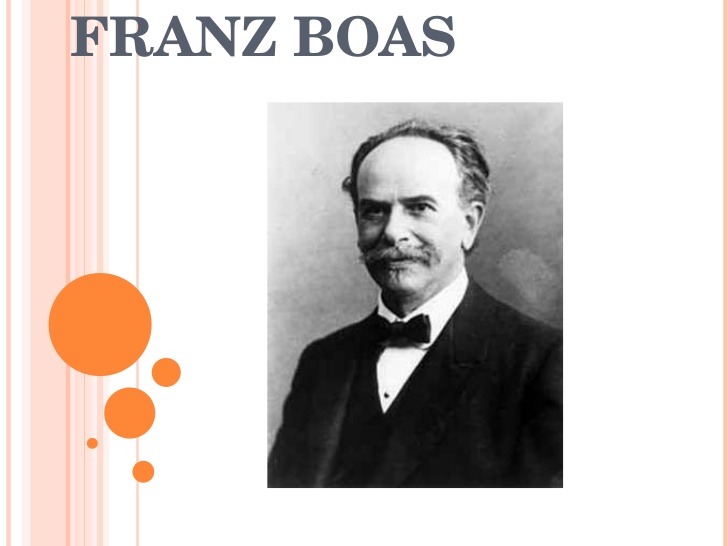American Structuralism
2. American Structuralists
 A. Franz Boas (1859–1942)
A. Franz Boas (1859–1942)
Boas was the leading figure in anthropological work in early 20th century. Interested in describing the Amerindian cultures, particularly American Northwest ones, Boas focused on languages because they represented the best channel for classifying the aboriginal cultures. He objected to the use of grammatical categories of the IndoEuropean languages in describing Native American languages. For him, such a tradition would distort the features of these languages. The most important publication of Franz Boas was the Handbook of American Indian Languages (1911–1941).
 B. Edward Sapir (1884–1939)
B. Edward Sapir (1884–1939)
Edward Sapir was one of the students of Franz Boas. He was himself an anthropologist and a linguist at the same time. His important publication was his book Language (1921). Adopting a descriptive approach, he studied, together with Boas, a number of Amerindian disappearing languages. By and large, Sapir’s approach to language was based on the exploration of the relations with literature, music, anthropology and psychology. His outlooks on language insist on its impact on every part of human life. Sapir is well-known for a theory called the Sapir-Whorf Hypothesis (also relativity, determinism, Humboldtism, or Whorfian Hypothesis). Developed after his death in the 1950s, it was the product of the beliefs of both Sapir and Benjamin Lee Whorf (1897- 1941) on the relationship of language to thought. According to the strong version of the theory, our vision of the world is heavily determined by our language: the grammatical structures of a language shape its speakers’ perception of the world. Much criticism was levelled at the Sapir and Whorf hypothesis; for example, translating between languages is possible, and this process does not impose a change in world view. On that basis, a weaker version of the hypothesis appeared, stating that language influences thought.
 C. Leonard Bloomfield (1887–1949)
C. Leonard Bloomfield (1887–1949)
Leonard Bloomfield is the father of modern American linguistics. His masterpiece in linguistic studies Language (1933), established the track of the scientific study of language in the United States till the early 1950s. Crucial in Bloomfield’s work was his influence by behaviouristic psychology, which rejects all that is non-physical or non-observable in search of being empiricist in approach. He conceived of language basically as couples of stimuli and responses. Bloomfield maintained that language should be studied like a natural science. Most importantly, he made influential contributions to the development of vigorous tools for the analysis of language.
